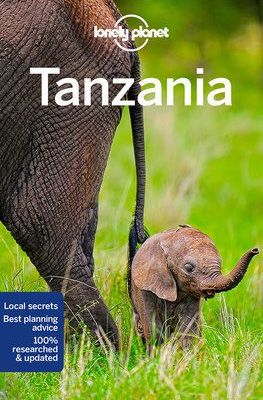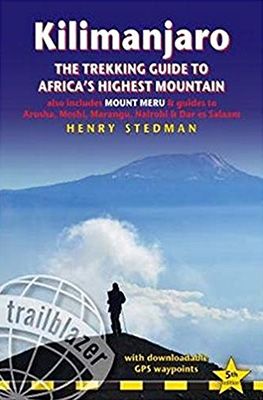The impressive Kilimanjaro National Park
One of the main tourist attractions of Tanzania is Kilimanjaro in the north of this large country. This dormant volcano with an altitude of no less than 5895 metres is the highest mountain in all of Africa. Kilimanjaro is even the highest, freestanding mountain in the world! As the mountain is also relatively easy to climb, many mountaineers and avid hikers of all ages visit Kilimanjaro National Park every year.
Apart from climbing Kilimanjaro, there is much more to see and do. For example, on the west side of the mountain you can take a day trip or two-day trip as part of the ‘Lemosho’ route. Besides beautiful views you get to see wild animals.
Furthermore, just south of the mountain there are beautiful waterfalls that you can admire, including those of Materuni and Kinukamori. During your walk through the jungle to the waterfalls you will see many birds and other wild animals. On the slopes you will also find volcanic lakes such as Lake Chala. You can also get to know the Chagga tribe, an ethnic minority in Tanzania that provided better farming methods. They live mainly from the cultivation of coffee.
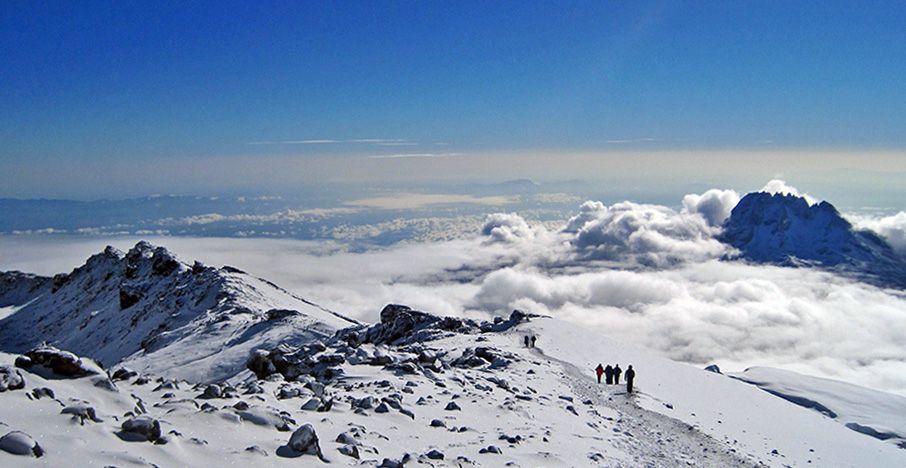
The immediate surroundings of Kilimanjaro
Although Kilimanjaro is close to the equator, the mountain is famous as ‘the snow-capped mountain in tropical Africa, which rises above the plains of the savannah’. The slopes situated above 2,700 metres altitude are in Kilimanjaro National Park. This park, which covers an area of over 750 km², was established in 1973 and has been on the UNESCO World Heritage List since 1987.
Kilimanjaro has five climate zones, each with its own flora and fauna. At the foot of the mountain you will find permanent green vegetation. Here you can encounter wild animals such as buffaloes, elephants and leopards. For this reason, you will be guarded on the first day of your trekking as you climb Kilimanjaro via the Lemosho route.
As soon as you reach 3,000 metres altitude, the landscape gradually changes into an environment full of shrubs. Above 4,000 metres the landscape becomes very dry and rocky. After this you get a slope dotted with very small pebbles. The top of Kilimanjaro is partly covered with snow. You will also find volcanic craters and large glaciers that have shrunk considerably in the last 40 years.
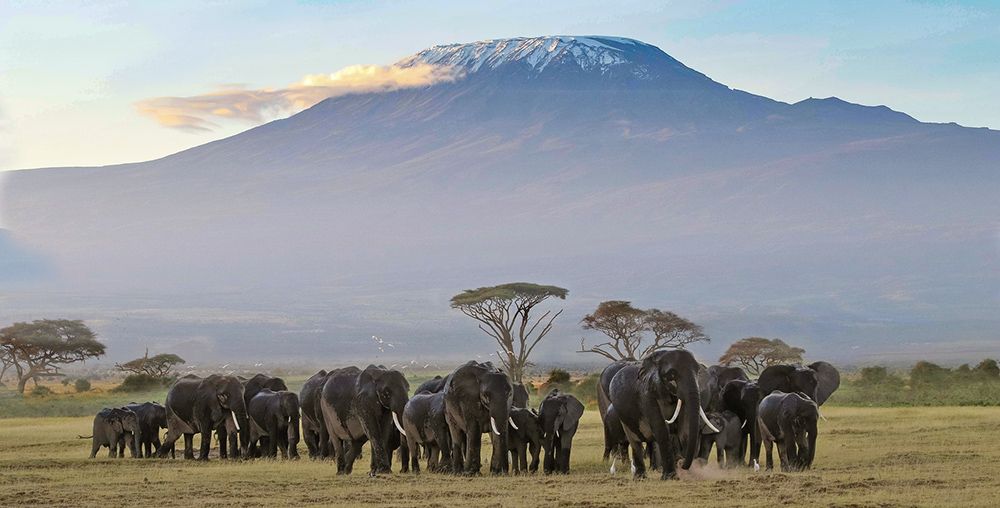
The ascent of Kilimanjaro
If you are a very experienced mountaineer and you know exactly what is involved in climbing such a high mountain, then you only need a qualified guide for the Kili. Otherwise, a trip to the top is only possible by booking through a tour operator.
The big advantage of a fully catered trekking through a tour operator is that all logistics are well taken care of and arranged down to the last detail. This does not only involve professional guides, porters and a chef, but also that the guides, for example, have equipment with them to check everyone’s health every morning and evening. The latter is necessary to maximise the chance of reaching the top. All you have to do is enjoy the fantastic experience of the tiring climb to the top, the usually delicious food and of course the beautiful views.
There are several routes leading to the top. They differ in distance, landscape, level of difficulty, facilities and number of days. Depending on how long you have been able to get used to the higher altitude in Tanzania, you can opt for a shorter or longer trek.
Below we describe some of the most accessible, officially approved routes.
Lemosho Route
If you still need to acclimatise to the altitude, the Lemosho route of 8 days might be an ideal trekking. The trek starts on the west side of the mountain and takes the first day through a beautiful wooded area. The beauty of the route is that besides the typical mountain landscapes you will also see wild animals like buffaloes and elephants.
The second part of this trekking coincides with the Machame route. You will pass the beautiful, impressive Barranco wall.
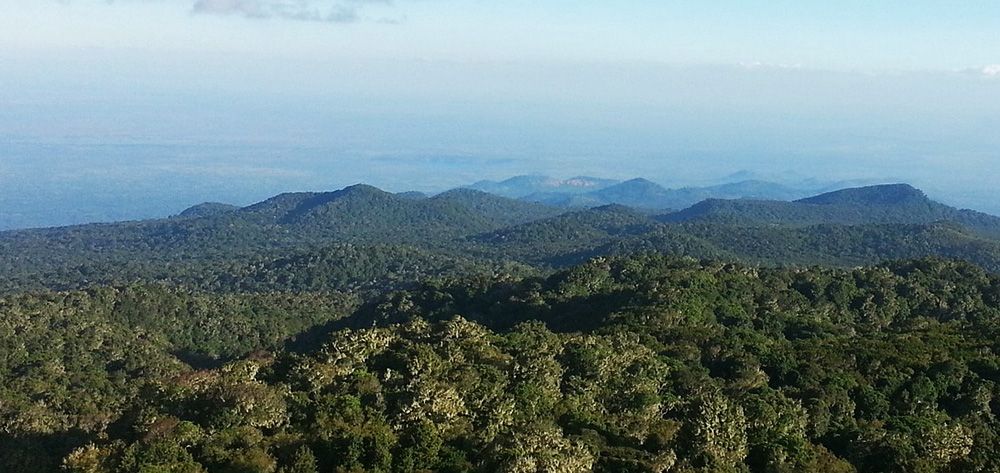
Machame Route
According to many, the Machame route is the most beautiful route to the top of Kilimanjaro. The tour is particularly popular because of the great views over the Maasai plains and the nearby Mount Meru and the beautiful climb along the Barranco wall. Incidentally, the descent is via the Mweka route, which allows you to see relatively more of Kilimanjaro.
This hiking tour is suitable for the more experienced and adventurous mountain hiker. With 6 days the trek is significantly shorter than the Lemosho route. Ask your tour operator if it is possible to add a day to the programme during the climb in order to get used to the altitude.
Marangu Route
The Marangu route is by far the most popular route to the top of Kilimanjaro as it is relatively easy. Another reason is that the trek takes only 5 or 6 days, making it one of the cheapest options to climb Kili. Our advice is to go for those 6 days anyway because then you will have extra time to acclimatise to the altitude.
This is the only route where you stay in huts instead of tents. But make no mistake: staying in a cabin is actually colder than staying in a tent. And you have less privacy because you share a cabin with others.
Northern Circuit Route
The Northern Circuit is a new, unique route that takes you via the north side of Kilimanjaro Park to the top. It is also the longest route and therefore perhaps the quietest. The first two days of the trekking are the same, beautiful two days as the Lemosho route. Because at some point you take the north side of the Kili, you miss the impressive climb along the Barranco wall. The advantage, however, is that this route is a lot quieter than all other routes. In total the trip takes 8 days.
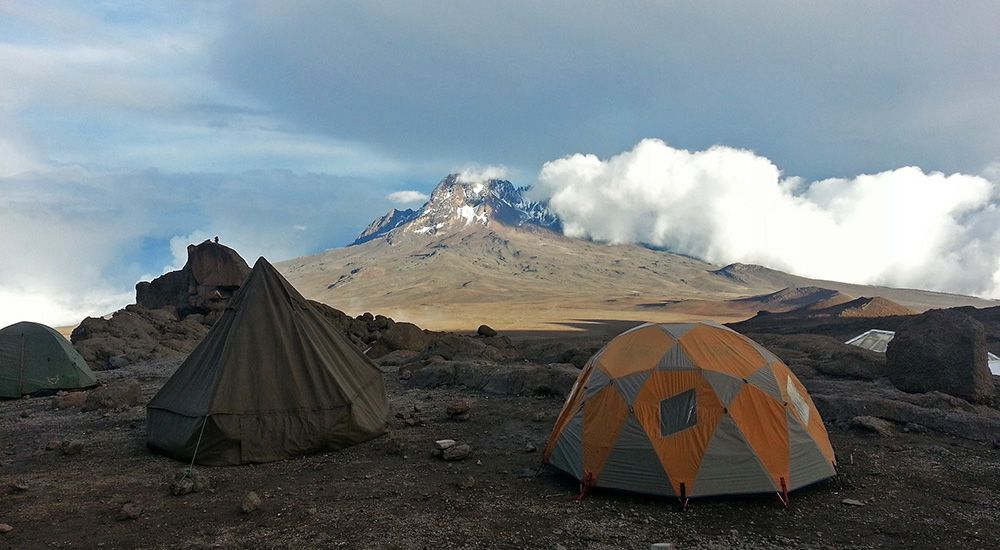
The surroundings of Moshi south of Kilimanjaro
One of the original goals of our visit to Tanzania was to climb Mount Kilimanjaro. Therefore, we read up well before the trip and started the preparations for the trekking. But due to lack of time in our itinerary we unfortunately had to skip the Kili (for the time being).
Fortunately, however, the surroundings of Moshi, the city on the southern slope of the mountain where almost all trekking starts, also have a lot to offer. From Moshi, for example, there are various one-day or even two-day hikes that take you along part of the Marangu route.
It is also possible to mountain bike through the game reserve on the west side of the park! One of the providers is Kili Bike Adventures which, in addition to good cycling, have many tours of one or more days in their program. Another provider is Oclaa Adventure & Safaris which, in addition to West Kilimanjaro, also offers many day trips in the immediate vicinity of Moshi.
The waterfalls of Materuni
From Moshi you can book various tours to the nearby Materuni waterfalls. The walk to the waterfalls is combined with a visit to a house of the Chagga tribe. Here you will learn more about the culture of the Chagga and also about how coffee is actually made.
We took our rental car to the waterfalls near the village of Materuni. As our maps.me app indicated at one point that we had arrived at the start of the hike, we parked our car on the side of the gravel road. A helpful young man immediately offered his services as a guide. After negotiating we agreed on a decent price after which we disappeared into the woods behind the guide.
What followed was a beautiful walk through the jungle of Materuni which we wouldn’t have wanted to miss for any money. The guide was able to tell a lot about his culture, and about the indigenous plant and fruit species. We especially loved the passion fruits he managed to pick from the high bushes in his sandals. The final destination of the hike was the icing on the cake. The 80-metre-high waterfalls really impressed us.
After visiting the waterfalls, the guide took us to a coffee shop somewhere in the middle of the forest. Here we learned to recognize ripe coffee berries, then peel them and dry them to roast them. After we had ground the unprocessed beans with a large mortar into coffee powder, we were offered a cup of coffee. Perhaps the tastiest and freshest cup of coffee ever.
The waterfalls and the delicious cup of coffee are the destination. However, the way there is what makes the day trip so special. During six hours you get to see a lot of the beautiful landscape and learn a lot about the culture of the Chagga tribe.
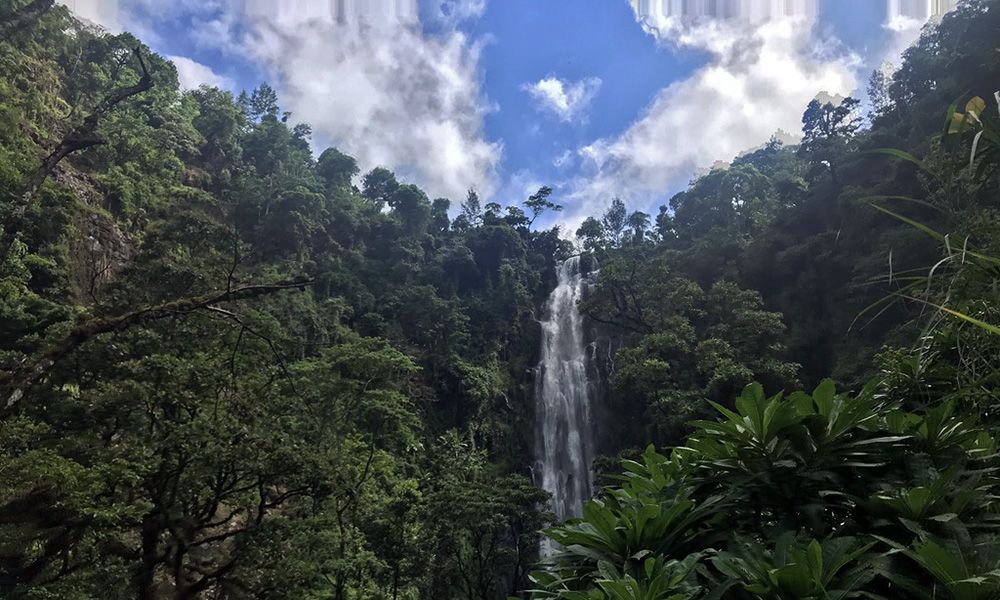
Practical matters
Preparing for the climb
Kilimanjaro is a relatively easy mountain to climb. However, due to the altitude of over 1000 metres higher than our Mont Blanc, the summit is still a physical (and mental) challenge.
An obvious way to prepare for this challenge is to work on your fitness before you leave for Tanzania. Read our tips in our blog about the Salkantay Trail to Machu Picchu on how to get in shape to make such a long hike.
In addition, you will have to acclimatise to the altitude in the country itself. Read our tips in our blog about preventing altitude sickness to prepare yourself as well as possible for the climb of Kilimanjaro.
Best time to climb Kilimanjaro
The best time to climb the ‘Kili’ is from the end of December to February, and from August to the beginning of October. The rainy months of October, November, March and April are the worst months to take up the sporting challenge.
Moreover, you will have to deal with different types of weather during the climb. At the beginning of the trip it is still lovely around 30 degrees. As you get higher, not only the temperature but also the possible rainfall decreases. Once you get to the top it will be around -20 degrees at night! So, prepare yourself well for wet, warm but especially cold days and nights.
Accommodation before or after the climb
As indicated earlier, most treks to the top of Kilimanjaro start in the almost 200,000 inhabitants city of Moshi. We found the city very quiet and tidy, especially if you compare it to the city of Arusha from where many treks start.
There is a lot of accommodation to be found in Moshi. At first, we had our sights set on the beautifully situated Kaliwa Lodge, close to the starting point of the Machame-route. However, because there was no more availability here, we finally ended up in the pleasant Ameg Lodge Kilimanjaro situated in a kind of villa district of Moshi. This lodge has a lovely large swimming pool where you can recover from the beautiful but exhausting climb of Kilimanjaro. For those who are going to make the climb there is a well-equipped gym.
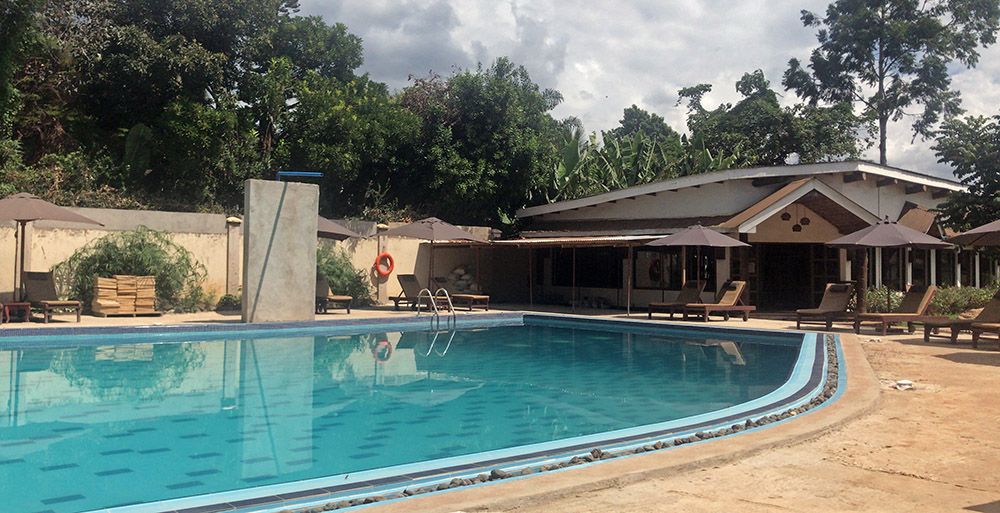
Tour Operators
There are thousands of tour operators who can help you on a fully organised trekking to the top of Kilimanjaro. However, not every agency deals with porters (porters) in an ethical way and not every agency has really good guides. Our advice is therefore to only book the trek with a partner of KPAP (the Kilimanjaro Porters Assistance Project) and IMEC (International Mountain Explorers Connection).

